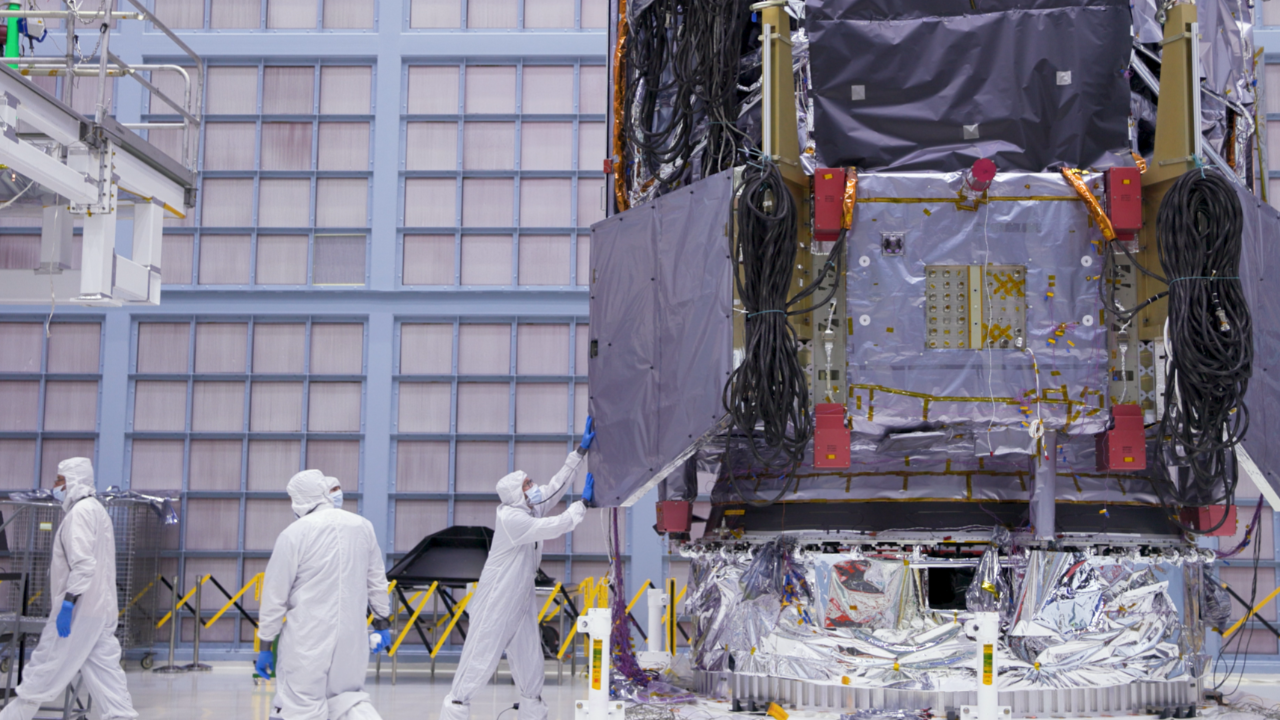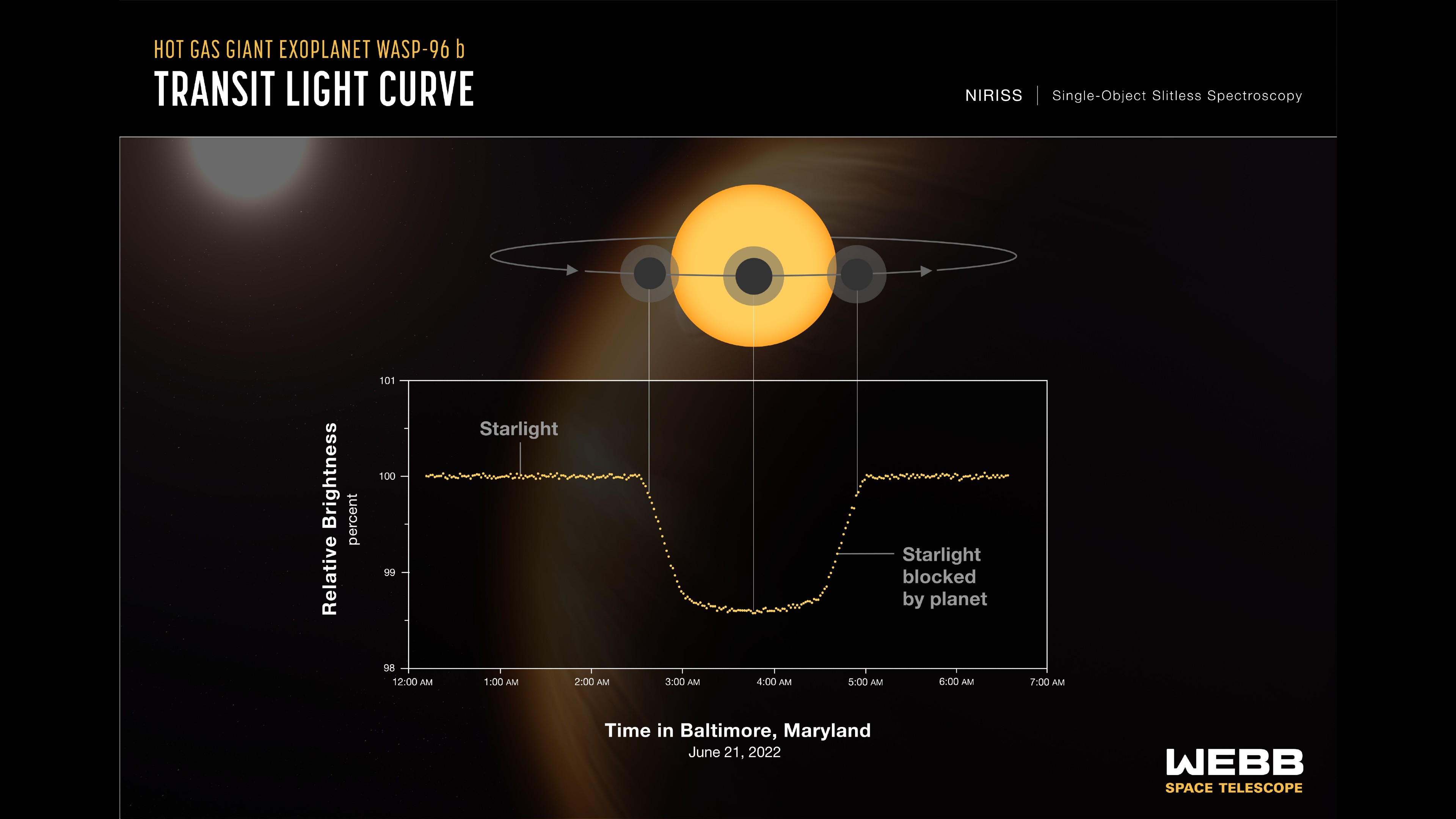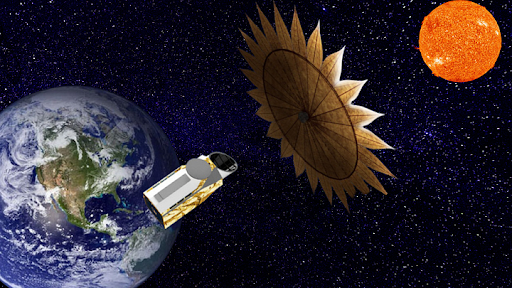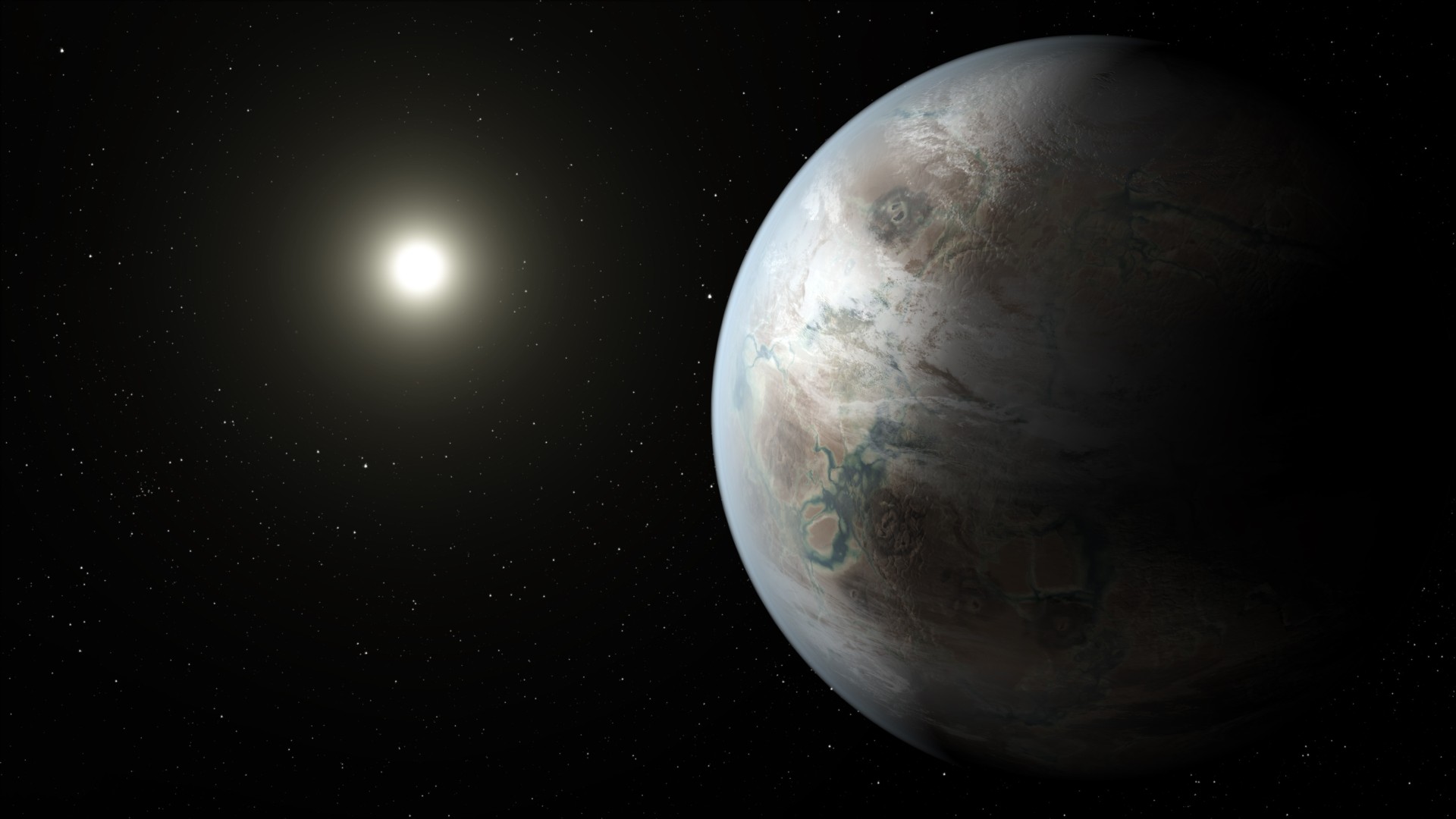The confirmed number of exoplanets has recently surpassed the 6,000 milestone, and astronomers are now preparing for a rapid acceleration in discoveries. Thousands more are anticipated in the coming years, as previously underutilized planet-finding techniques are set to come to the fore, significantly augmenting the substantial contributions already provided by transit surveys.
Despite the discovery of 6,000 exoplanets, none currently resemble Earth, according to Aurora Kesseli, a Caltech astronomer who contributes to NASA’s Exoplanet Archive. Speaking with Space.com, Kesseli emphasized that this absence of an Earth-like world is precisely why the search for more exoplanets continues, despite the vast number already identified. She highlighted that numerous upcoming missions are specifically engineered to locate planets that truly mirror Earth’s characteristics.
The search for exoplanets is poised for a significant expansion with multiple new missions nearing launch. Leading this new wave will be the European Space Agency’s PLATO (PLAnetary Transits and Oscillations of stars) mission, currently slated for a December 2026 liftoff. PLATO’s objective is to meticulously scan for transiting planets, specifically targeting rocky, Earth-sized worlds situated within their stars’ habitable zones.

NASA’s Nancy Grace Roman Space Telescope is poised for launch to the L2 Lagrange point, anticipated approximately one year from now. Upon arrival, it will join a constellation of advanced observatories, including the operational James Webb Space Telescope (JWST) and the forthcoming PLATO mission. While designed with a broad array of scientific objectives, the Roman Telescope’s paramount goal is the discovery of new worlds, employing the gravitational microlensing technique to reveal exoplanets.
The China National Space Administration (CNSA) is slated to launch its Earth 2.0 mission in 2028. This upcoming space observatory will journey to the Lagrange 2 point, where its primary objective will be to detect Earth-like exoplanets by observing their transits across sun-like stars.
With three space missions currently underway, alongside the continued operation of NASA’s Transiting Exoplanet Survey Satellite (TESS), a significant surge in exoplanet discoveries is expected. This impending influx of new data will create a formidable task for Kesseli and her team at the Exoplanet Archive, who are charged with the crucial responsibility of collating and organizing the extensive findings.

The Archive anticipates a significant challenge in managing the sheer volume of exoplanets expected from upcoming missions. Projects such as PLATO, Earth 2.0, and NASA’s Roman Space Telescope are collectively projected to identify approximately 100,000 new transiting planet candidates, presenting a formidable data processing task.
The global count of confirmed exoplanets, totaling 6,022 as of early October, is on the cusp of a significant and rapid expansion. Experts predict this number could increase by several thousand as early as late 2026. This anticipated dramatic rise is primarily due to upcoming data from the European Space Agency’s Gaia mission.
Gaia, which meticulously charts the positions and properties of a billion stars, is slated to release its extensive catalog of exoplanet candidates. These potential new worlds are identified through astrometry, a technique that detects exoplanets by observing the minute positional shifts and motions of their host stars. However, these discoveries will initially be designated as candidates and will require subsequent verification, either through statistical methods or by determining their mass via radial velocity measurements, to confirm their planetary status.
Kesseli announced that Gaia’s initial exoplanet data release is scheduled for December 2026, with expectations of uncovering thousands of new planetary candidates.

The radial-velocity detection technique, famously used to discover 51 Pegasi b—the first exoplanet orbiting a sun-like star—relies on astronomers measuring the Doppler shift in a star’s light. This shift indicates its subtle movement towards and away from Earth as it orbits a common center of mass shared with its accompanying planet(s). In contrast, astrometry employs a different strategy; instead of monitoring a star’s radial motion, this method precisely measures its tangential movement across the sky, observing how orbiting planets gravitationally pull it in various directions.
Astrometry has so far yielded fewer than ten planetary discoveries, a low count Kesseli attributes to the inherent difficulty of measuring their minuscule tangential motion. However, the groundbreaking Gaia mission, the most sensitive astrometric survey ever performed, is poised to dramatically expand the roster of exoplanets found through this technique. Despite this anticipated surge, most of these new worlds are expected to be gas giants. Less massive planets exert a weaker gravitational pull on their host stars, resulting in a much more subtle tangential motion that is far harder to detect.
The Roman Space Telescope is poised to revolutionize the search for Earth-like worlds, featuring enhanced sensitivity for their detection. Its 2.4-meter mirror is engineered for extensive wide-field surveys, contrasting sharply with the similarly sized but differently shaped mirror of the Hubble Space Telescope, which offers a much narrower field of view. By directing its gaze toward the densely populated center of our Milky Way galaxy, Roman will capture countless stars within its expansive field, thereby significantly increasing the chances of observing elusive microlensing events.

Microlensing is a localized manifestation of gravitational lensing, distinct from the grander scales typically observed. While astronomers are accustomed to witnessing the dramatic arcs and rings formed by distant galaxies, magnified and warped by the immense mass of galaxy clusters, even planets possess sufficient gravitational pull to subtly bend the light of background stars. This rare cosmic alignment, however, must be exceptionally precise and endures only for a brief window. Yet, through its ambitious program of simultaneously observing millions of stars, the Roman Space Telescope is anticipated to make groundbreaking discoveries in this intricate field.
Kesseli anticipates the Roman Space Telescope will uncover approximately 2,000 exoplanets utilizing the microlensing technique.
Ongoing observation of these planets faces a critical limitation: further study will become impossible once the planet and its background star are no longer aligned from Earth’s vantage point. This observational window is inherently brief, a challenge compounded by the extreme remoteness of most of these celestial bodies. “They will be far away, in the galactic bulge,” explained Kesseli, underscoring their vast distance.
Microlensing, a distinctive exoplanet detection method, never provides a direct view of the planet itself or its typically faint host star. Instead, the technique hinges on observing a background star that briefly intensifies in brightness. This temporary luminosity surge occurs as the background star’s light is gravitationally lensed, first by a foreground star, and then by a planet orbiting that foreground star.
The degree to which the lensed star brightens directly correlates with the planet’s mass. Furthermore, the time gap between the foreground star’s lensing signature and the planet’s subsequent effect reveals the planet’s orbital distance from its star; a greater delay indicates a wider separation. This approach is particularly effective for identifying planets situated far from their parent stars, including those resembling Earth within their habitable zones.
Microlensing observations are anticipated to provide statistical data on the prevalence of Earth-sized planets located within the habitable zones of sun-like stars. However, to truly deepen our understanding of these distant worlds, astronomers will need to pinpoint a similar planet much closer to our solar system, allowing for direct telescopic examination.
Kesseli’s primary research passion centers on exoplanet characterization and the intricate study of their atmospheres. Her specialized field is transit spectroscopy, a powerful method for investigating these distant planetary envelopes. This technique allows advanced observatories, such as the James Webb Space Telescope (JWST), to detect a planet’s atmosphere. It works by analyzing how light from the exoplanet’s host star is filtered when the planet passes directly in front of it. During this transit, molecules within the atmosphere absorb specific wavelengths of the starlight, leaving a unique chemical fingerprint on the star’s spectrum that reveals the atmosphere’s composition.
Astronomer Kesseli elaborated on the ARIEL (Atmosphere Remote-sensing Infrared Exoplanet Large-survey) mission, a European initiative scheduled for launch in the late 2020s. Its primary objective is to conduct a comprehensive census of exoplanet atmospheres. Kesseli clarified that while the mission will predominantly focus on Neptune and Jupiter-sized worlds, rather than Earth-like planets orbiting sun-like stars, it is expected to generate a uniform sample from thousands of planets. This extensive dataset will be instrumental in understanding the wide range of atmospheric conditions present on these larger exoplanets, though it will likely not extend to rocky worlds.
The James Webb Space Telescope has the capability to investigate the atmospheres of certain exoplanets located within the habitable zones of nearby stellar systems. However, these planets orbit red dwarf stars, a distinct class of stars unlike our Sun. Red dwarfs are considerably smaller and cooler, and their planetary systems are characterized by planets orbiting much closer to their host star. This proximity often results in tidally locked worlds, where one hemisphere perpetually faces the star. Furthermore, red dwarfs are known for their frequent and powerful flares, which unleash bursts of radiation capable of stripping a planet’s atmosphere.
The James Webb Space Telescope (JWST) has so far conducted atmospheric searches on a select group of exoplanets, including several worlds orbiting within the TRAPPIST-1 system. While no definitive atmospheres have yet been identified on these rocky planets, Kesseli remains optimistic regarding future findings.
Current observations from the James Webb Space Telescope (JWST) have yet to conclusively determine the presence of atmospheres on exoplanets. However, researchers anticipate that with additional data, refined analytical techniques, and more dedicated observation time on specific targets, they will begin to discern which distant worlds likely possess atmospheres and which do not. Despite its capabilities, the JWST faces a critical sensitivity limitation: it cannot directly analyze the atmosphere of an exoplanet orbiting a sun-like star.
Astrophysicist Kesseli has expressed skepticism regarding the capability of even the forthcoming 30-meter class ground-based observatories to detect the atmospheres of Earth-like planets orbiting sun-like stars. She contends that such a challenging observation would likely require direct light detection.
Achieving this objective demands the creation of an entirely new, purpose-built telescope.
The Habitable Worlds Observatory, anticipated to launch in the 2040s, will be the optimal instrument for detecting a truly Earth-like planet orbiting a sun-like star, Kesseli confirmed.
NASA is preparing for its next-generation space telescope, the Habitable Worlds Observatory, or HabEx, a mission strongly endorsed by the National Academy of Science’s Decadal Survey. Poised to become a cornerstone of future astronomical research, HabEx is envisioned with a minimum eight-meter primary mirror, making it significantly larger than the James Webb Space Telescope’s (JWST) 6.5-meter mirror and boosting its light-gathering prowess.
A key innovation in its design is a dedicated coronagraph, potentially in the form of a deployed star-shade. This technology is critical for precisely obscuring the brilliant light of a host star, thereby allowing HabEx to directly image orbiting exoplanets. While these distant worlds would still appear as mere points of light, the observatory’s advanced spectroscopic instruments could analyze their unique light signatures. This detailed spectral data holds the potential to uncover crucial planetary characteristics, from the existence of oceans and continents to indications of vegetation, animal life, or even the telltale signs of intelligent civilization.
For its first 30 years, exoplanet science primarily focused on a comprehensive “census” approach, aiming to discover as many diverse planetary types as possible to establish statistical insights into their prevalence. While this era of broad discovery is expected to continue, the next three decades are poised for a significant shift towards the detailed characterization of these distant worlds. This strategic evolution brings researchers closer to their ultimate objective: identifying a truly Earth-like planet with the genuine capacity to support life.
A pivotal cosmic discovery, potentially unveiled by the HabEx mission within approximately three decades, is expected to dramatically influence scientific inquiry for the subsequent 30 years. This anticipated breakthrough would spearhead a sustained effort to fundamentally re-evaluate Earth’s, and humanity’s, true position within the vast expanse of the cosmos.







